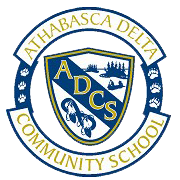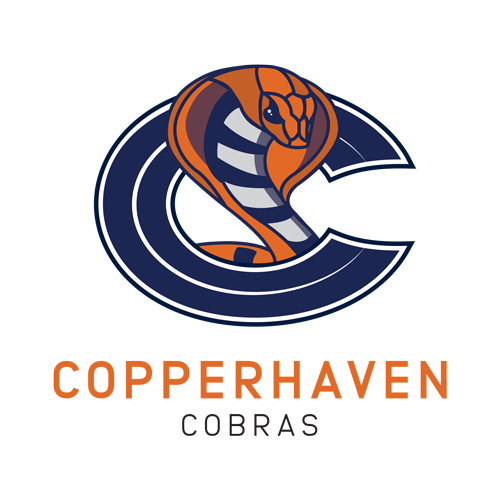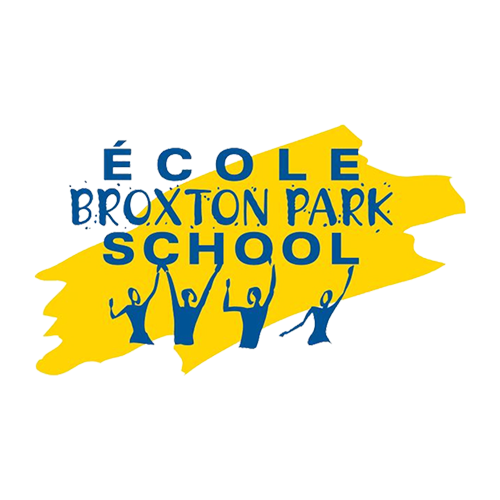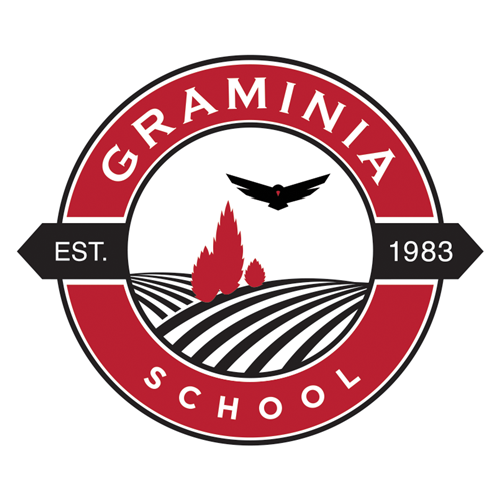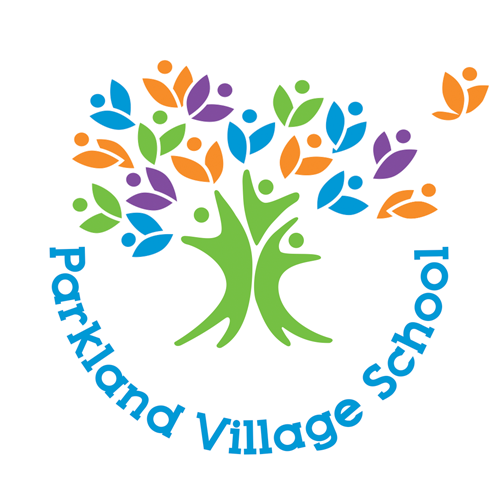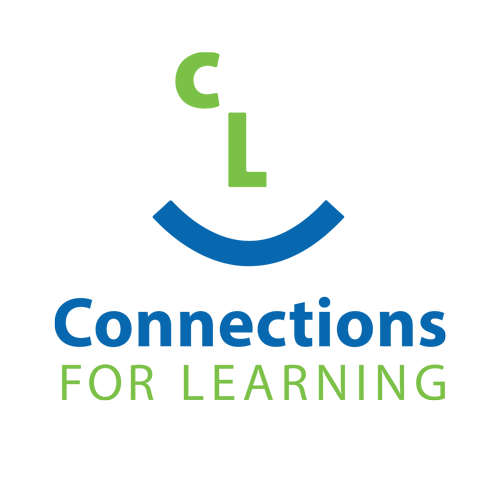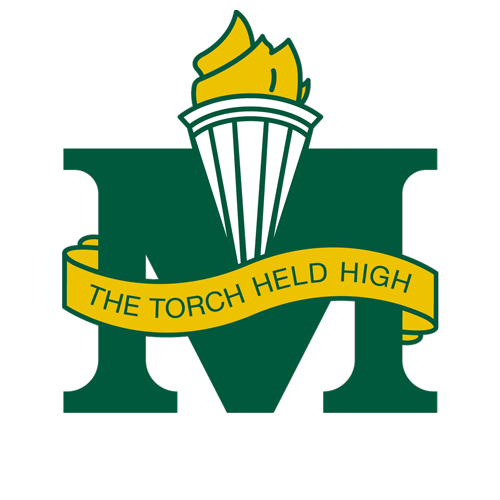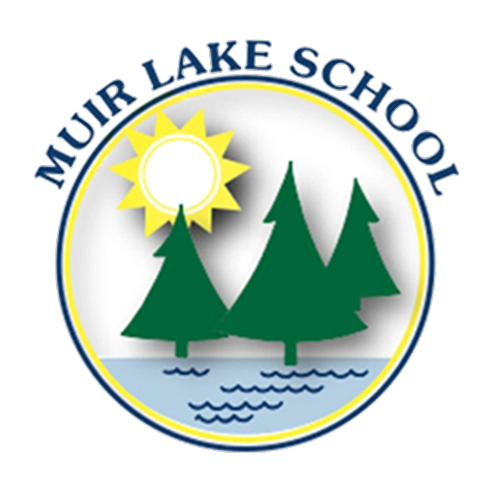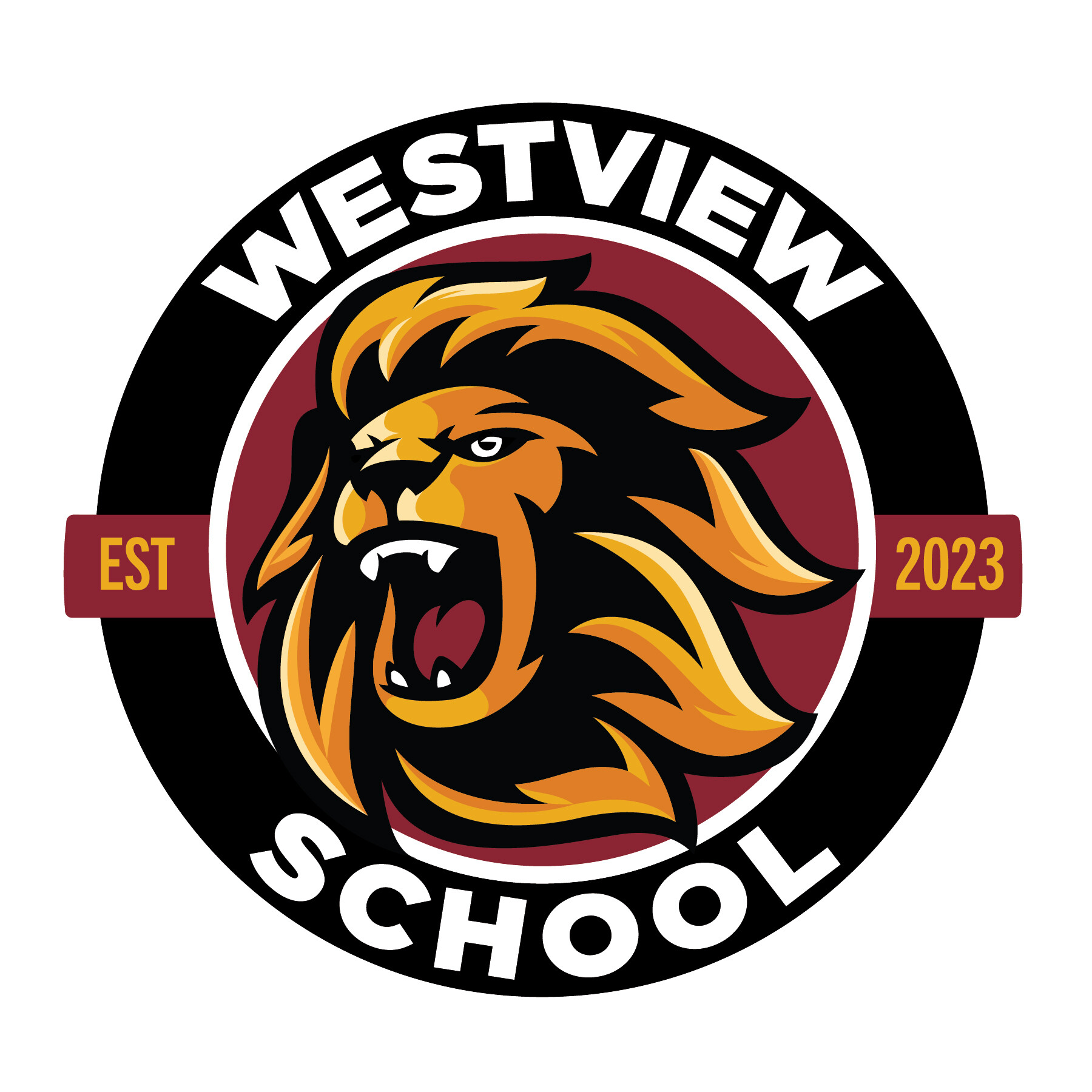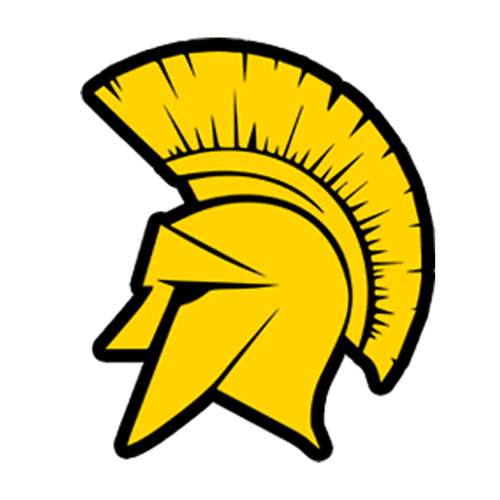AP 201: Organization for Instruction
Instruction & Assessment
Background
Inherent within provincial standards for school leadership, the school Principal shall ensure that a well-organized, efficient and effective system of instruction exists for all students.
Procedures
Principal Organizational Responsibilities
1. The Principal shall develop and maintain clear instructional procedures that provide for success and well-being; notably the Principal shall:
1.1. Ensure, with staff input, the proper organization of classes, with optimal student groupings and class sizes, fair consideration of existing resources, and the proper offering of courses that reflect a diverse program meeting the educational goals and interests of the students;
1.2. Ensure the effective assignment of teachers, aligning their qualifications and experience with course requirements and student needs; and
1.3. Promote the availability of co-curricular and extra-curricular activities, to provide opportunities for student engagement and personal growth beyond the classroom.
2. The Principal shall coordinate the assignment of students to their respective classes; notably, the Principal shall
2.1. Reasonably ensure, with staff input, that class compositions are established in a manner that optimizes learning environments;
2.2. Consider student needs and preferences, where feasible, to support individual learning goals;
2.3. Feasibly align student placements with teacher strengths and specializations to maximize instructional effectiveness; and
2.4. Promote processes to ensure specialized supports and/or services for students as required.
Teacher Organizational Responsibilities:
3. The Teacher shall actively participate in the development and implementation of school procedures that promote student success and well-being; notably, the Teacher shall:
3.1. Contribute to the Principal’s organization of class demographic configuration, by providing input, as requested, on optimal student grouping that is based on observed classroom dynamics and individual needs;
3.2. Communicate to the Principal, as the teacher deems necessary, their experience, qualifications, interests and preferred teaching subjects, in alignment with course requirements and student needs;
3.3. Contribute ideas and feedback, regarding course offerings, to ensure diversity of choice exists to meet the educational goals and interests of students;
3.4. Provide, to the Principal, a long-range plan at the onset of the year that identifies the scope and sequence of teaching, and subsequent framework for assessment; notably
3.4.1. Long range plans shall demonstrate proper adherence to the provincial curricula; and
3.5. Provide support, as possible to do so, for the creation and delivery of co-curricular and extra-curricular activities, and with an intention to provide opportunities for student engagement and personal growth beyond the classroom.
Communication
4. Prior to the end of September for K-9, and prior to the end of the first month of each semester for high school, teachers shall communicate school and grade-level informational items to parents and/or guardians as approved by the Principal; specifically, the teacher shall provide to parents and/or guardians:
4.1. A clear overview of the programs of study (curricula) that the student will be expected to learn;
4.2. The methods of assessment typically utilized;
4.3. The expectations for assignment completion and the process for attending to assignments that are not completed by the due date expected and/or missed learning, including missed learning due to student absence;
4.4. The methods that will be utilized for ongoing communication of student progress; and
4.5. The student’s learning expectations that will be utilized to generate the student’s final grade for the program.
5. As determined by the Principal, grade level teaching teams, or teaching cohorts, should collaborate to provide a concise document for parents, rather than several separate documents (i.e., sending one document home to parents for grade 4, inclusive of all subjects).
6. Notwithstanding section 4 (above), teachers have flexibility to adjust the sequence of learning outcomes, as the year progresses, in order to effectively meet the needs of students.
Parent Responsibilities
7. The Parent shall respect that assigning students to teachers and/or classrooms is solely the Principal’s responsibility and the assignment to teachers and/or classrooms is not appealable, to a higher level of appeal, as per Administrative Procedure 170: Dispute Resolution Regarding Student Matters and Administrative Procedure 172: Appeal Process Concerning Student Matters.
Approved:

